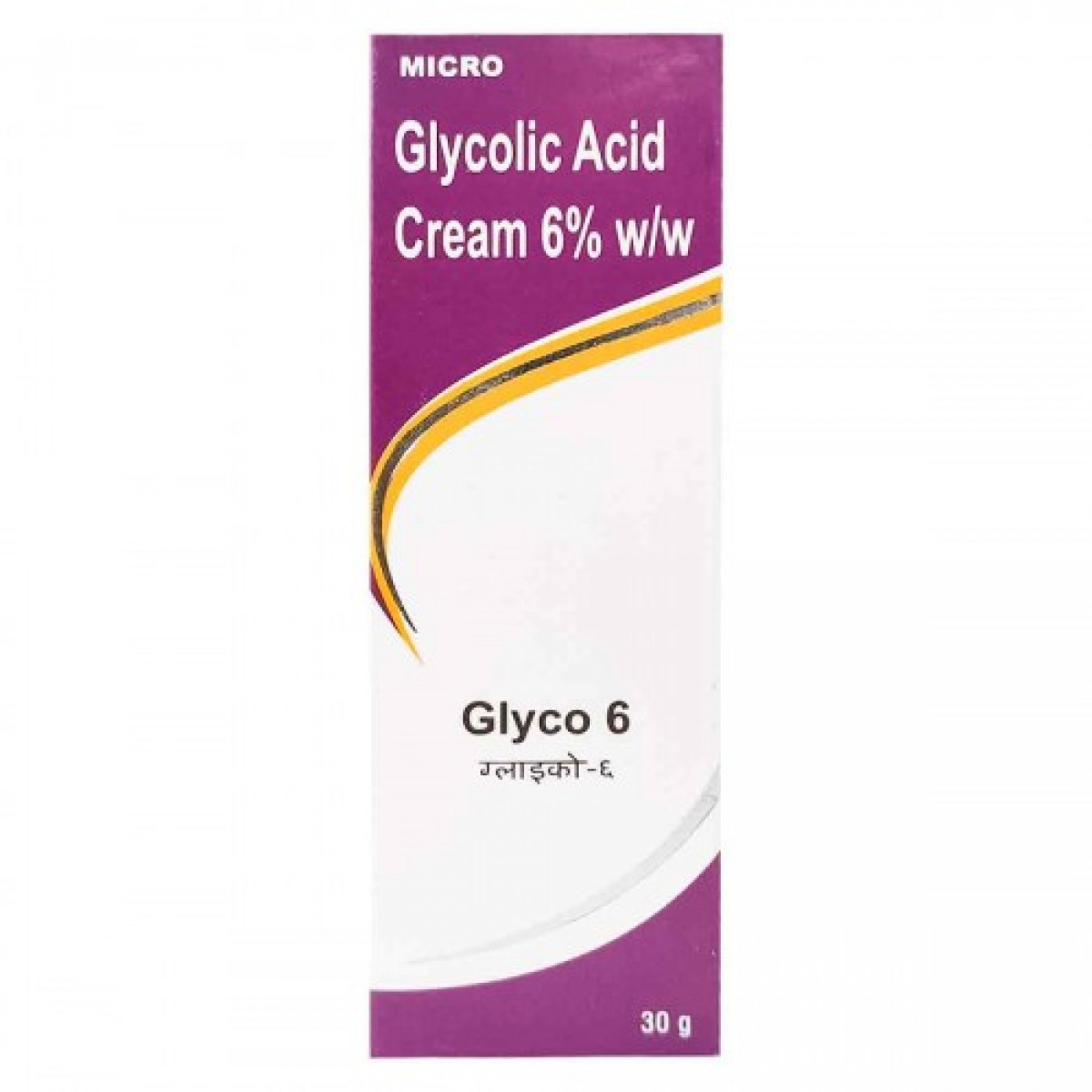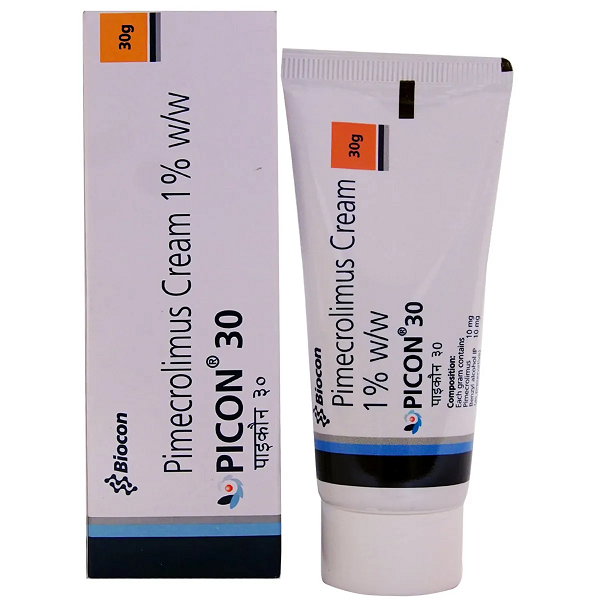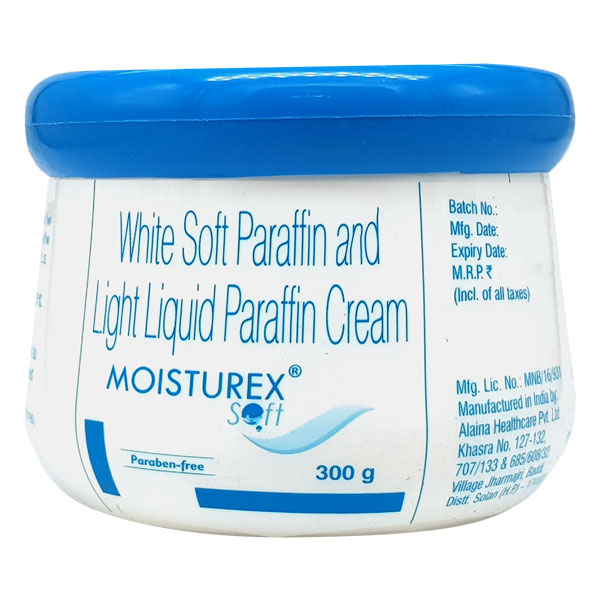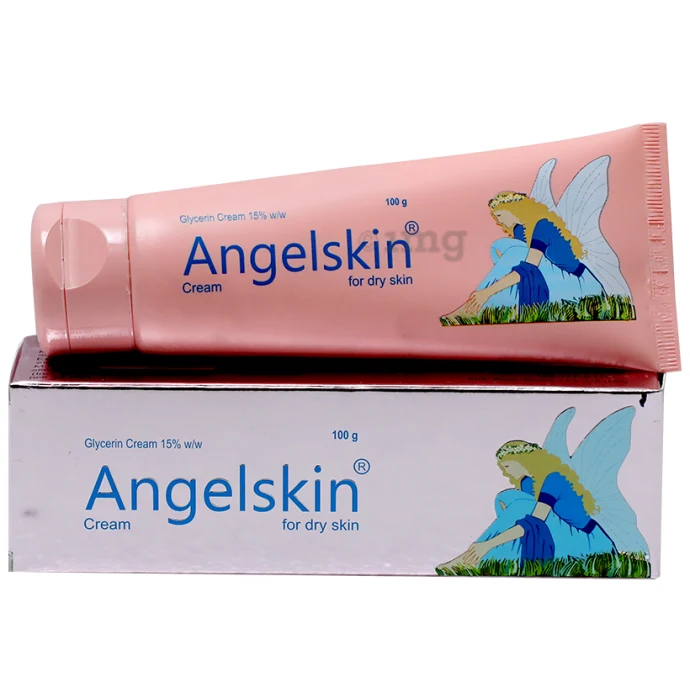Loceryl Cream 30gm
5 %
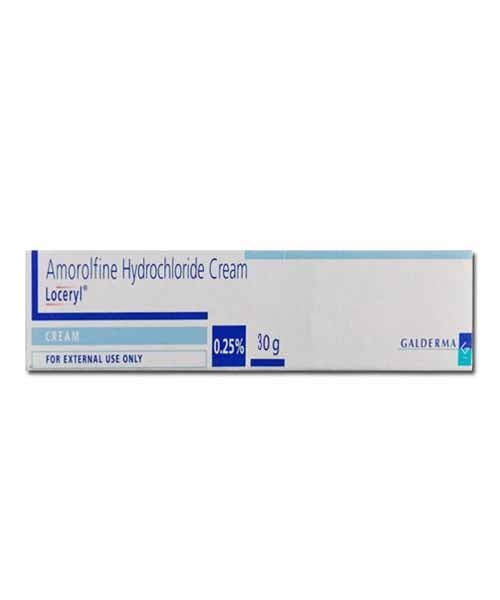
Uses of Loceryl Cream 30 gm
Fungal nail infection
Medicinal Benefits
Loceryl Cream 30 gm is an antifungal that is primarily used to treat fungal infections of nails and skin such as ringworm, jock itch and athlete’s foot, seborrheic dermatitis (dry, flaky skin on face, scalp, chest, upper back, or ears) and pityriasis (a type of skin rash that causes scaly, discoloured patches on chest, back, legs and arms). The fungal cell membranes are essential for their survival as they prevent unwanted substances into the cells and stop the leakage of cell contents. Loceryl Cream 30 gm causes holes in the fungal cell membranes and kills fungi. Thereby, clears fungal infection and provides relief from cracking, burning, scaling and itching of the skin caused due to infections.
Directions for Use
Storage
Side Effects of Loceryl Cream 30 gm
- Itching
- Dry skin
- Redness
- Burning sensation of the skin
In-Depth Precautions and Warning
Drug Warnings
Before using Loceryl Cream 30 gm, let your doctor know if you have a history of liver diseases, adrenal gland problems, cataract, glaucoma, diabetes or allergic reactions to any medicine ingredient. Let your doctor know if you plan to become pregnant or already pregnant and a lactating mother. Studies show that there may be harmful effects on the baby; hence Loceryl Cream 30 gm should be used with caution in pregnancy under your doctor's supervision. If you apply Loceryl Cream 30 gm to breasts or nipple for treatment, wash it off while nursing your baby. Loceryl Cream 30 gm is for external use only, so avoid contact with the eyes, the mouth, or intravaginally. Notify the doctor if there is no improvement after one week of treatment for tinea cruris or tinea corporis or two weeks for tinea pedis. When using Loceryl Cream 30 gm in the groin area, patients should use the medication for two weeks only. Prolonged use of Loceryl Cream 30 gm may cause hormonal suppression, Cushing's syndrome, hyperglycemia (increased blood sugar level), and glucosuria (high sugar in urine) in some patients. Apply sunscreen (SPF 30 or higher) whenever you go outdoor in the sunlight.
Drug Interactions
Drug-Drug Interaction: Loceryl Cream 30 gm may interact with respiratory-related medicines (budesonide, formoterol), drugs treating HIV/AIDS (ritonavir, cobicistat) and corticosteroids.
Drug-Food Interaction: No drug-food interactions found/established.
Drug-Disease Interaction: Loceryl Cream 30 gm should not be given in patients with a history of allergic reactions to clotrimazole and betamethasone, have diabetes, liver diseases, cataract, glaucoma, adrenal gland problems, and hormonal problems.
Drug-Drug Interactions Checker List:
- BUDESONIDE
- FORMOTEROL
- COBICISTAT
- RITONAVIR
Safety Advice
-
ALCOHOL
SAFE IF PRESCRIBEDNo interaction found/ established. Please consult your doctor before using Loceryl Cream 30 gm.
-
PREGNANCY
CAUTIONLoceryl Cream 30 gm is Category C pregnancy drug and is given to a pregnant woman only if the doctor thinks benefits outweigh risks.
-
BREAST FEEDING
UNSAFEThere is limited data on how Loceryl Cream 30 gm affects breastfeeding. Please consult your doctor before starting Loceryl Cream 30 gm. However, if nursing mothers apply Loceryl Cream 30 gm to their breasts for treatment, it is advised to wash the affected area thoroughly before breastfeeding the baby.
-
DRIVING
SAFE IF PRESCRIBEDLoceryl Cream 30 gm does not influence on the ability to drive or use machines.
-
LIVER
CAUTIONIf you have any concerns regarding the use of Loceryl Cream 30 gm in patients with Liver problems, please consult a doctor.
-
KIDNEY
SAFE IF PRESCRIBEDLoceryl Cream 30 gm is safe for patients with kidney disease if prescribed by a doctor.
-
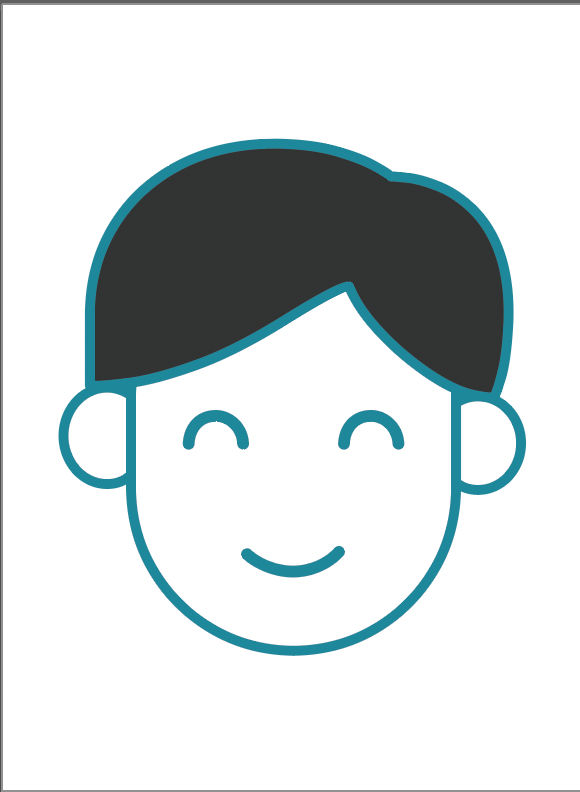
CHILDREN
SAFE IF PRESCRIBEDLoceryl Cream 30 gm is to be used on children below 12 years of age only when prescribed by the doctor.
Habit Forming
Diet & Lifestyle Advise
- Always wear loose-fitting clothes to avoid further sweat and spread of the fungal infection.
- In wet places such as changing rooms and gym showers, don’t walk on barefoot to prevent fungal infections.
- Regularly change your socks and wash your feet. Avoid shoes that make your feet sweaty and hot.
- Regularly change your socks and wash your feet. Avoid shoes that make your feet sweaty and hot.
- Do not walk barefoot at places like gym showers to prevent fungal infections.
- Do not scratch the affected area of skin as it can spread the infection to other body parts.
- Avoid sharing towels, combs, bedsheets, shoes or socks with others.
- Wash your bedsheets and towels regularly.
- Follow a candida diet if you suffer from vaginal yeast infection. Candida diet excludes high sugary foods, some dairy products and foods with artificial preservatives.
- Avoid or limit the intake of alcohol and caffeine.
Special Advise
It is advised to reach out to your doctor if the fungal infection symptoms persist or worsen after two treatment weeks. Before applying Loceryl Cream 30 gm, clean and dry the affected area. Avoid contact of Loceryl Cream 30 gm with nose, mouth or eyes. If Loceryl Cream 30 gm comes in contact with these areas accidentally, rinse with water thoroughly. Do not wash the treated areas for a minimum of 3 hours after you apply Loceryl Cream 30 gm.


